Harmonymart Myeong-dong
1.1Km 2021-04-08
B1, Gyeongdo Bldg, 21-7, Myeongdong 8-gil, Jung-gu, Seoul
+82-10-6365-2203
Harmony Mart is a discount mart that sells various food products and everyday items. The Myeong-dong Branch in Seoul stands out among the branches of the mart throughout the country in terms of sales and service items due to its geographical characteristics. Mainly Asian tourists from China, Japan, etc. do their shopping in the store for tax exemption later. Famous items are REAL BROWNIE, CHAM BUNGEOBBANG, BUTTER WAFFLE, and other snacks. A lot of tourists visit the “Global Tax Free” around Myeongdong Station since it provides a tax refund service for foreigners. For the convenience of tourists, the store staffs, who are native speakers, communicate with foreign tourists and the store also provides EMS (Express Mail Service).
Gyodae Galbijip Sejong Center for the Performing Arts(교대갈비집 세종문화회관)
1.1Km 2020-11-20
5-3 Saemunan-ro 5-gil Jongno-gu Seoul
+82-2-730-6882
A great place for group dinners and gatherings. This BBQ restaurant is located in Jongno-gu, Seoul. The representative menu is grilled spareribs.
HWATTEOK - Myeongdong Branch (화떡 명동)
1.1Km 2021-03-20
15, Myeongdong 4-gil, Jung-gu, Seoul
+82-2-753-9588
A store where you can try pizza gorgonzola directly baked in the oven and spicy tteokbokki on the spot at the same time. This restaurant's signature menu is stir-fried rice cake. This Korean dishes restaurant is located in Jung-gu, Seoul.
The Restaurant (더레스토랑)
1.1Km 2021-03-27
54, Samcheong-ro, Jongno-gu, Seoul
+82-2-735-8441
It is a gallery-like restaurant where you can appreciate paintings drawn by famous artists. The best menu at this restaurant is spaghetti. This Western dishes restaurant is located in Jongno-gu, Seoul.
Too Cool for School - Myeongdong Branch (투쿨포스쿨 - 명동점)
1.1Km 2020-06-15
17-1, Myeongdong 4-gil, Jung-gu, Seoul
+82-2-2231-2710
The unique cosmetic brand TooCoolforSchool was introduced in 2009 and is a division of TODACOSA, the first chain cosmetic store in Korea. The name TooCoolforSchool reflects originality, experimentation, artistic sensibilities and the fresh, rebellious sprit of those in their teens, twenties, and thirties. The 3-story building in Myeongdong offers a cozy place for a little rest, entertainment and shopping spree for the fashion-minded cosmeholics.
Gugus - Myeong-dong Branch [Tax Refund Shop] (구구스 롯데 명동점)
1.1Km 2024-04-23
11, Namdaemun-ro 7-gil, Jung-gu, Seoul
-
Seoul Plaza Ice Skating Rink (서울광장 스케이트장)
1.1Km 2020-04-02
110, Sejong-daero, Jung-gu, Seoul
+82-2133-2691
Seoul Plaza was established in 2004, and is located by Seoul City Hall. The plaza is shaped like the full moon. Seoul Plaza hosts a wide array of cultural events including concerts and exhibitions for residents and visitors. The plaza transforms into an outdoor skating rink every winter, a popular attraction in the city.
The facility houses one rink for beginners and one for advanced skaters, and also hosts various events during its operating hours. There are also convenient facilities like skate rental, outdoor rest area, and outdoor standing area for ice skaters and spectators.
Ice skaters at the rink must wear gloves, and the plaza also offers a training program to teach interested individuals how to have fun while skating safely. To learn how to skate, visit the website to register for a training session in advance.
CAFE COIN (카페코인)
1.1Km 2021-03-19
10, Myeongdong, 6-gil, Jung-gu, Seoul
+82-2-753-1667
A café featured in a popular Korean drama. This is a cafe located in Jung-gu, Seoul. The representative menu is tiramisu.
Omokjip Sejong Center for the Performing Arts(오목집 세종문화회관)
1.1Km 2020-11-20
5-7 Saemunan-ro 5-gil Jongno-gu Seoul
+82-2-722-6882
It is a good store for office worker's group dinners. This restaurant's signature menu is braised pigs' feet. This Korean dishes restaurant is located in Jongno-gu, Seoul.
Mir Optical [Tax Refund Shop] (미르안경)
1.1Km 2024-04-23
Store #5, #6 of Myeongdong Underground Shopping Center, 67, Namdaemun-ro, Jung-gu, Seoul
-

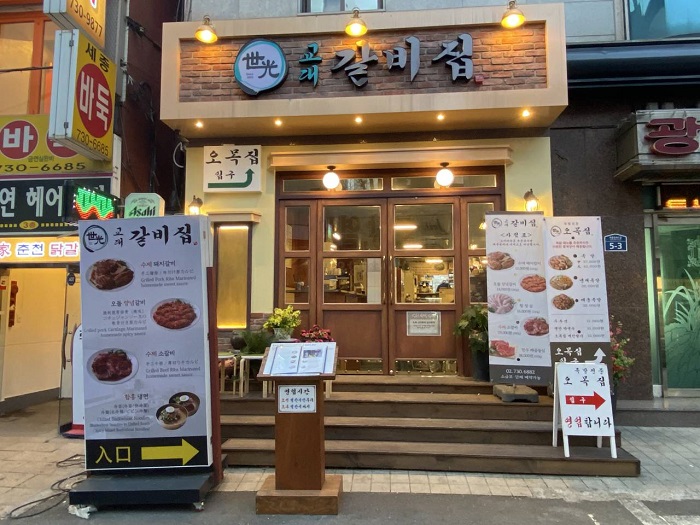
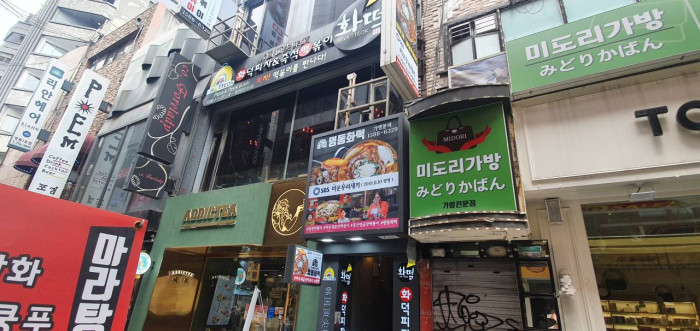
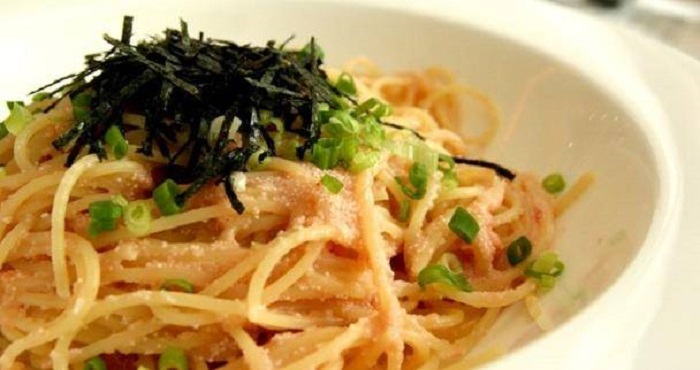

![Gugus - Myeong-dong Branch [Tax Refund Shop] (구구스 롯데 명동점)](http://tong.visitkorea.or.kr/cms/resource/86/2878586_image2_1.jpg)
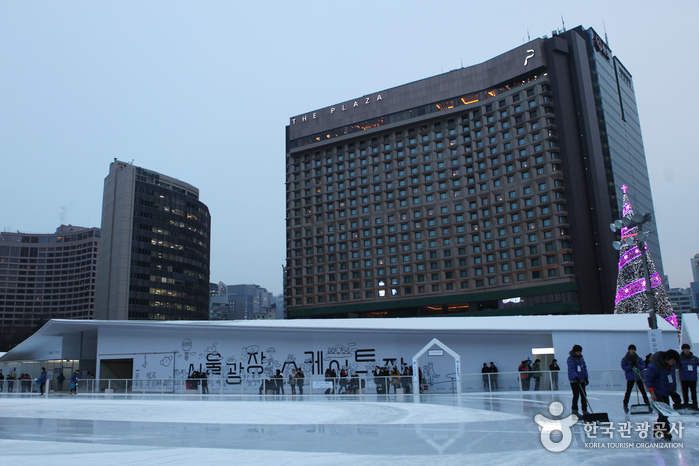
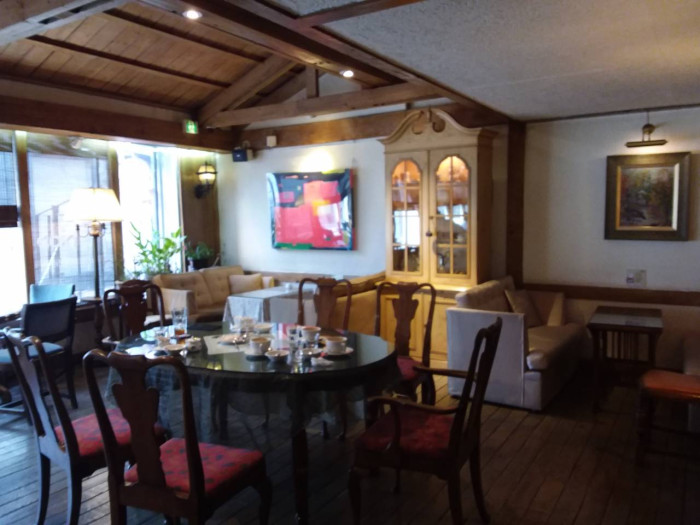
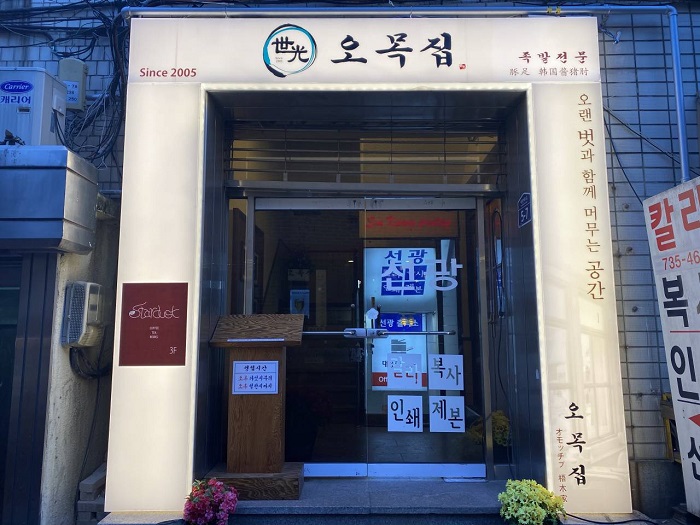
![Mir Optical [Tax Refund Shop] (미르안경)](http://tong.visitkorea.or.kr/cms/resource/84/2878584_image2_1.jpg)
 English
English
 한국어
한국어 日本語
日本語 中文(简体)
中文(简体) Deutsch
Deutsch Français
Français Español
Español Русский
Русский